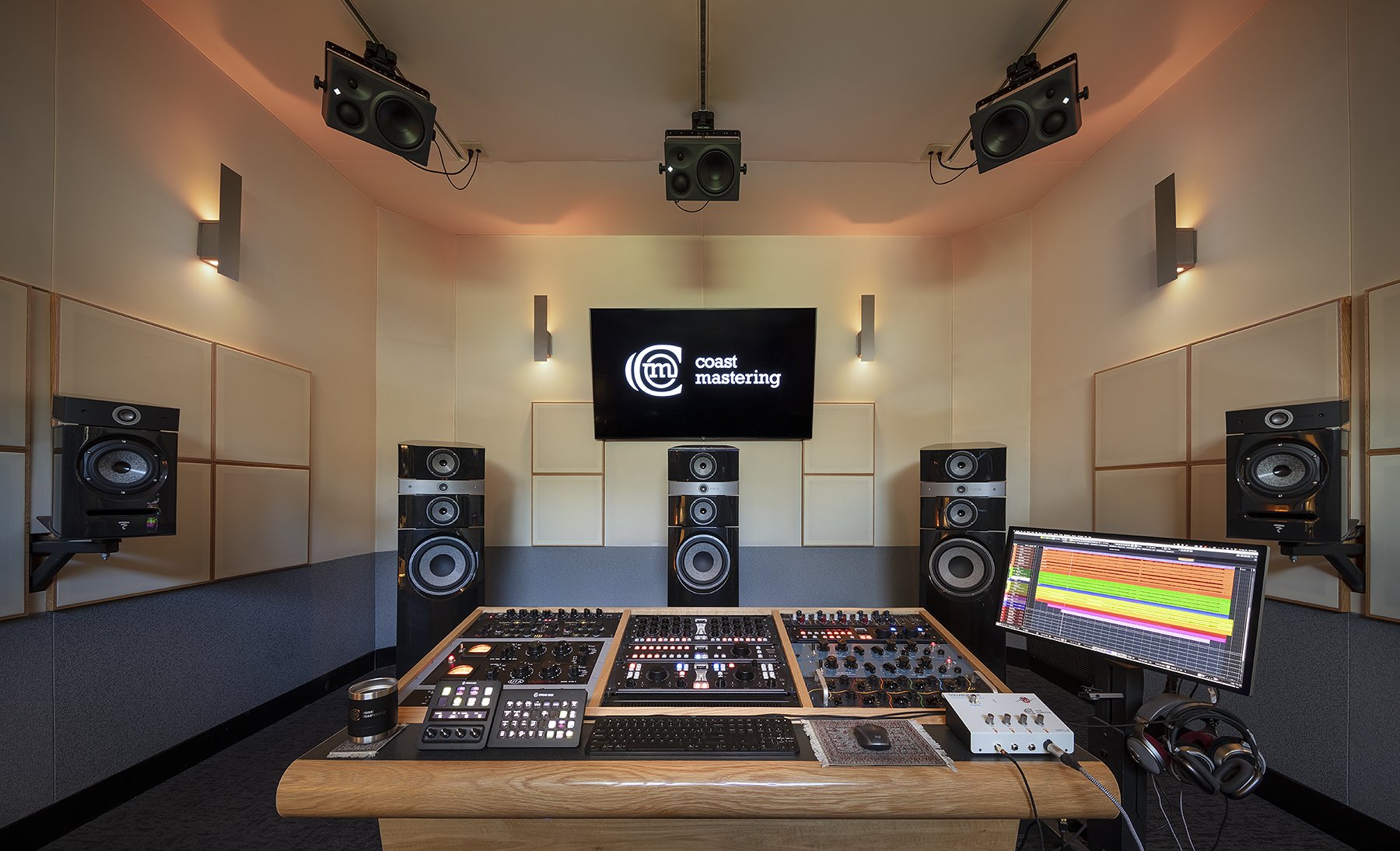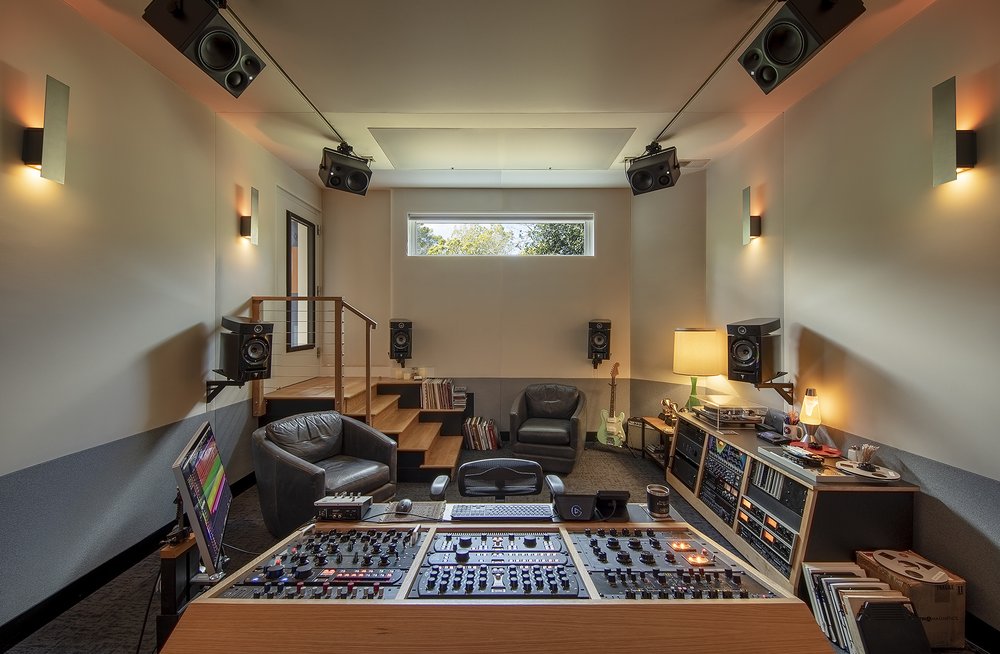
In the pulsating realm of electronic music, the DJ boxserves as both a sacred space and a technological hub where the magic of music manipulation unfolds. It is the cockpit of creativity for DJs, a place where tracks are seamlessly mixed, beats are dropped with precision, and the dancefloor becomes an electric playground. In this article, we delve into the world of the DJ box, exploring its evolution, essential components, and the artistry that transforms it into a gateway to electronic music mastery.
Evolution Of The DJ Box
The DJ box, once a humble setup with turntables and a mixer, has evolved tremendously since the early days of hip-hop and disco. The dawn of electronic dance music (EDM) in the 1980s and 1990s ushered in an era of innovation and sophistication. Digital decks and controllers replaced traditional vinyl turntables, while mixers transformed into digital workstations with a multitude of functions.
Vinyl Era - The Birth Of DJing
The DJ box's journey begins with vinyl records, turntables, and mixers. Hip-hop pioneers like Grandmaster Flash and Kool Herc are credited with pioneering the art of turntablism, where records were manually manipulated to create beats and breaks. The DJ box during this era was relatively simple, comprising two turntables, a mixer, and a stack of records.
The CDJ Revolution
The advent of compact discs led to the emergence of CDJ (Compact Disc Jockey) players. These digital decks allowed DJs to seamlessly transition between tracks without the imperfections associated with vinyl records. The DJ box evolved accordingly, integrating CDJs alongside traditional turntables.
Rise Of Digital DJing
The late 1990s and early 2000s witnessed a seismic shift in DJ technology with the rise of digital DJing. Software like Serato Scratch Live and Traktor Scratch Pro allowed DJs to control music on their laptops, further reducing the reliance on physical media. The DJ box began to feature MIDI controllers and integrated audio interfaces to accommodate these changes.
Controllerism And The Modern DJ Box
As digital technology continued to advance, DJ controllers took center stage. These compact, all-in-one devices combine the functions of CDJs and mixers into a single unit. Controllers like the Pioneer DDJ-SX and Native Instruments' Traktor Kontrol series offer DJs a wide array of creative possibilities, from sample triggering to intricate effects manipulation.
Essential Components Of The DJ Box
The DJ box, whether traditional or modern, consists of several essential components that form the backbone of a DJ's setup.
Turntables Or Digital Decks
Turntables, or their digital counterparts, are the primary source of music playback. Vinyl records or digital audio files are played and manipulated using these devices. Today's DJs often opt for digital decks like the Pioneer CDJ series or controllers like the Numark NS7.
Mixer
The mixer is the control center of the DJ box, allowing DJs to blend and manipulate audio signals from multiple sources. It features channels for each deck, EQ controls, faders, and effects routing. Advanced mixers may offer built-in effects, loop functions, and more.
Headphones
A quality pair of DJ headphones is essential for beatmatching and cueing tracks. They help DJs precisely align the beats of two songs before transitioning between them. Closed-back headphones are preferred for noise isolation in noisy club environments.
Audio Interface
For digital DJing, an audio interface is crucial. It connects the DJ's laptop or controller to the mixer, ensuring seamless audio transmission. High-quality audio interfaces are essential to maintain sound integrity.
Controller (Optional)
Modern DJ boxes often incorporate a controller, a compact device that integrates turntable-like jog wheels, performance pads, and other features for hands-on control of digital tracks. Controllers streamline the DJ's workflow and open up new creative possibilities.
Laptop And DJ Software
For digital DJs, a laptop running specialized DJ software is indispensable. Software options like Serato DJ, Traktor, and Virtual DJ provide extensive control over music playback, effects, and performance features.
The Artistry Inside The DJ Box
Beyond its technical components, the DJ box is a canvas for artistic expression. DJs are not just selectors of music but also orchestrators of energy and emotion on the dancefloor. Here are some of the key aspects of DJ artistry that come to life inside the DJ box:
- Track Selection - Choosing the right tracks for the moment is an art in itself. Skilled DJs read the crowd's energy and tailor their selection accordingly, crafting a sonic journey that resonates with the audience.
- Beatmatching and Mixing - Beatmatching is the skill of aligning the beats of two tracks to create a seamless transition. DJs use headphones and pitch controls to ensure that the beats stay in perfect sync, allowing for smooth and harmonious mixes.
- EQ and Effects Manipulation - EQ controls on the mixer enable DJs to sculpt the frequency spectrum, emphasizing or attenuating specific elements of a track. Additionally, the creative use of effects like filters, delays, and reverbs adds depth and texture to the music.
- Scratching and Turntablism - Turntablism techniques, such as scratching and juggling, are a form of musical expression unique to the DJ world. These skills involve manipulating the record's playback speed, direction, and orientation to create rhythmic patterns and textures.
- Performance and Showmanship - A DJ's stage presence and showmanship contribute significantly to the overall experience. Interacting with the audience, using mic skills, and incorporating visual elements can elevate a DJ set from a mere playlist to a captivating performance.
Conclusion
The DJ box stands as a testament to the evolution of electronic music and DJing. From its humble beginnings with vinyl records and turntables to the digital age of controllers and software, the DJ box has continuously adapted to the changing landscape of music technology.
However, at its core, it remains a space where artistic expression and technical prowess intersect to create unforgettable musical experiences on dancefloors worldwide. As electronic music continues to evolve, so too will the DJ box, ensuring that it remains an essential tool for DJs and a portal to electronic music mastery.
